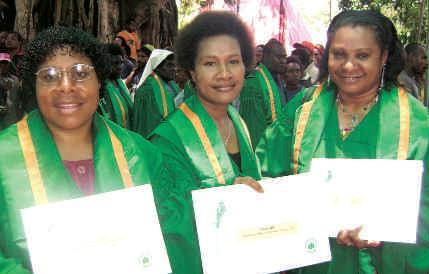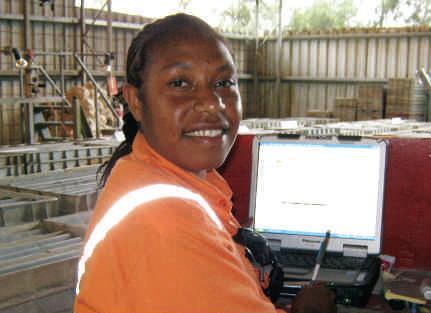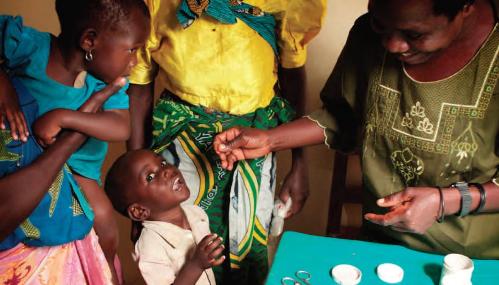Linda Diebel is a National Writer for the Toronto Star, which has the largest circulation in Canada. The paper has an enormous impact on Canada’s federal and provincial politics as well as shaping public opinion. This article was originally published October 3, 2010.
The Dolly Varden carp isn’t much of a looker except, perhaps, to the opposite sex of the same scaly species. What is exceptional (other than a name from Dickens) is how the impending death of about a thousand of these duller members of the salmon family changed Sarah Palin’s life and influenced the fate of fish across Canada.
Of course, they’re not the only factor. Still, their role is impressive, considering these particular fish in southeastern Alaska’s Lower Slate Lake are, in all likelihood, quite dead.
It’s a sprawling story that begins with fish and grows to include mining conglomerates, politicians, lobbyists, promoters, environmental activists and, in Canada, lakes with names like Bucko, Bamoos, Fish (Teztan Biny to the Tsilhqot’in people), Sandy Pond and Ruby Creek.
Already, there are winners and losers; there will undoubtedly be more. Let me explain.
In June, 2007, Palin was governor of Alaska with political ambitions as vast as the northern sky. She’d already hired a savvy East Coast PR firm to promote Alaska (and herself) but she needed serendipity. And that’s exactly what pulled into Juneau in the form of a luxury cruise, sponsored by the conservative magazines The Weekly Standard and National Review. On board were elite American journalists, including William Kristol, Fred Barnes and Michael Gerson.























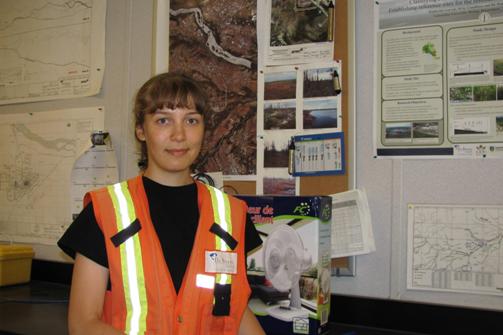
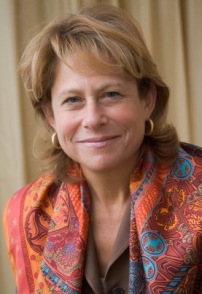
 This article is from the April 2009 issue of
This article is from the April 2009 issue of 